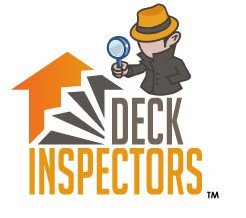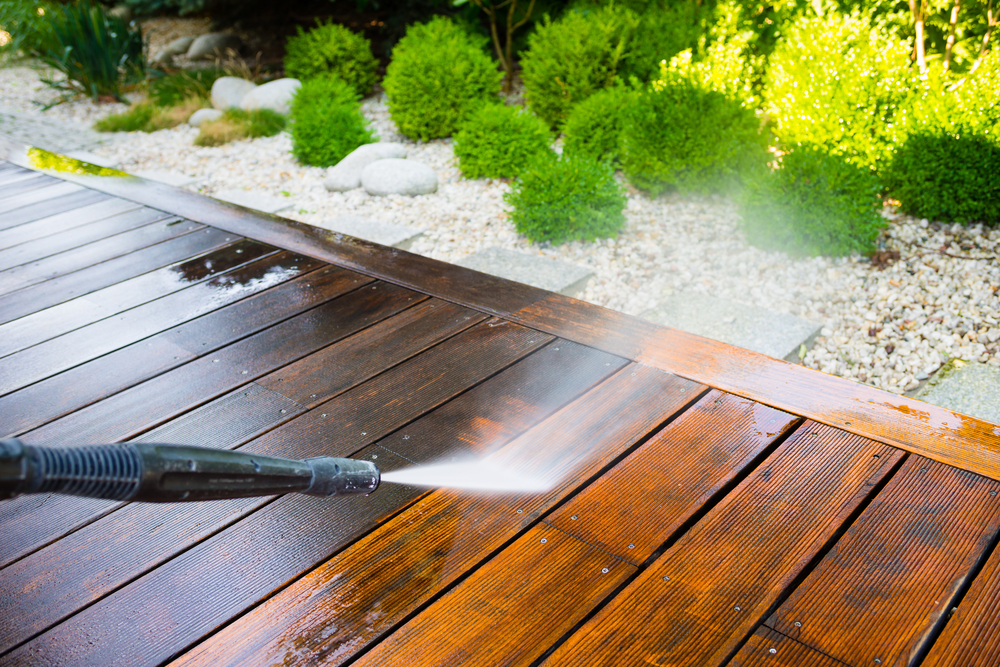As a property manager in Southern California, staying compliant with state laws like SB 721 and SB 326 is essential to ensuring the safety and longevity of your buildings. These laws mandate the regular inspection of exterior elevated elements (EEEs), such as balconies, decks, and stairways, to prevent structural failures. Proper preparation for SB 326 Inspections streamlines the process and minimizes costly repairs and liability risks. Let’s break down the key steps property managers can take to get inspection-ready properties.
Step 1: Gather Essential Documentation
Before scheduling an SB 326 Inspection, organize all relevant documentation related to your property’s exterior elevated elements. This will help your inspector understand the structure’s history and previous repairs. Be sure to compile:
- Building plans and architectural drawings
- Maintenance records and repair history
- Previous inspection reports (if any)
- Warranty information for balconies, decks, and railings
These readily available materials will allow the inspector to assess your property more efficiently and accurately.
Step 2: Conduct Proactive Maintenance
Waiting for an official inspection to uncover problems can lead to unexpected costs and compliance issues. Proactive maintenance helps you stay ahead of any concerns. Before your SB 326 Inspection:
- Inspect all EEEs for signs of damage, such as cracks, water stains, or loose railings.
- Address minor repairs promptly to prevent further deterioration.
- Ensure proper drainage systems are in place to prevent water damage and wood rot.
- Communicate with tenants about the upcoming inspections to ensure access to all units with balconies or decks.
Taking these preventive measures demonstrates a commitment to safety and may reduce the need for extensive post-inspection repairs.
Step 3: Know What to Expect During the SB 721 and SB 326 Inspections
Understanding the inspection process allows you to prepare your property and team effectively. Here’s what property managers can expect during SB 326 Inspections:
- A licensed inspector (architect, structural engineer, or certified building inspector) will examine a sample of EEEs for structural integrity and waterproofing.
- The inspector will document any signs of decay, water intrusion, or compromised support structures.
- A report detailing the inspection findings, including any recommended repairs or further evaluations, will be issued.
- For SB 721, rental properties with three or more units must complete these inspections every 6 years, while SB 326 applies to condominium associations, requiring inspections every 9 years.
Final Thoughts: Stay Compliant, Stay Safe with SB 721 & SB 326 Inspections
Preparing for SB 721 and SB 326 Inspections doesn’t have to be stressful. Property managers can confidently meet California’s safety requirements with organized documentation, proactive maintenance, and a clear understanding of the process.
Our team of licensed professionals specializes in helping Southern California property managers navigate these inspections, ensuring compliance and peace of mind. Schedule a consultation with us today to prepare for your property inspection.
Deck Inspectors for Southern California is happy to offer our services in Los Angeles County, Riverside County, Orange County as well as San Diego County and all Southern California surrounding areas like: Los Angeles, Irvine, Long Beach, La Jolla, Glendale, Pasadena, Santa Ana, Huntington Beach, Dana Point, Burbank, Santa Monica, Anaheim, Temecula, Encinitas, Chula Vista, Vista, Mesa, San Diego, Oceanside, Escondido, Carlsbad, Poway, Mission Viejo, and El Cajon.



